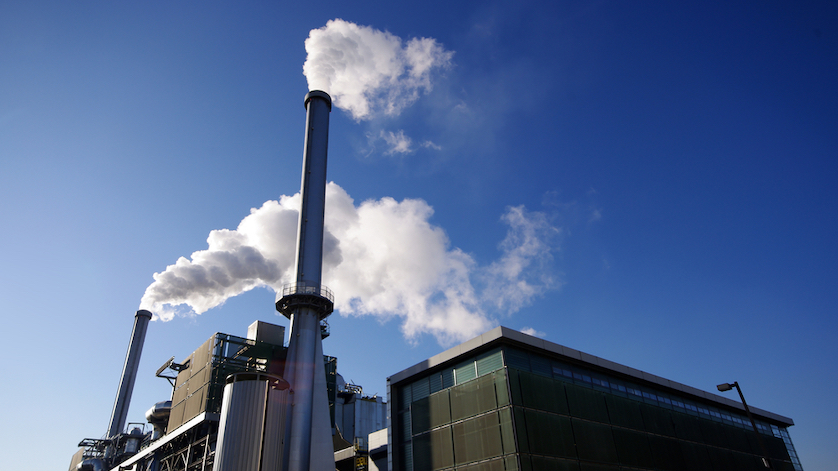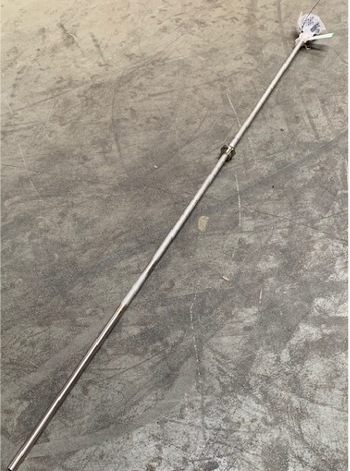
This article is the last of a three-part series on energy recovery plants and measuring solutions for waste-to-energy facilities.
Recycling has diverted much of plastic waste from landfills and waste-to-energy facilities. However, municipal solid waste (MSW) still contains about 15% plastic by weight. When materials like Styrofoam, PVC, and cling film are burned, they produce highly corrosive gases. Chlorides and hydrochloric acid, especially, attack the metals that high-temperature sensors are made of, including stainless steel and Inconel. Even thermowells are often insufficient protection in the extremely harsh environments found in most combustion chambers.
Problem: Frequent sensor replacement meant frequent shutdowns

Corrosion at the tip of a competitor’s protection tube
The EPC (engineering, procurement, and construction) company involved in this WtE facility asked WIKA to find a solution that would extend the interval between thermowell replacements.

WIKA’s specially engineered protection tube
Solution: Specialty materials and skillful welding
WIKA has extensive experience with high-temperature, high-corrosion applications. After investigating the issue, our temperature specialists identified a special material for the protection tubes. In-house testing showed that this alloy withstood the incineration chamber‘s high temperatures and exhibited greater insensitivity to aggressive flue gas.
We welded together this special alloy with 310 stainless steel to form the tube that protruded into the combustion chamber. The weld seam and stainless steel pipe were placed behind the fireproof wall, protecting them from exposure to the flue gas. Our TC81 thermocouple, specially designed for flue gas temperature measurement, completed the assembly.
The customer was delighted with this assembly, as our engineered solution greatly extended the service life of the temperature measurement system. It has already been in use for 18 months and counting, a significant improvement over the three months that their previous assemblies lasted.
WIKA, a Global Leader in Power Generation and High-Heat Applications
WIKA measurement technology and products are found in WtE plants around the world, helping cities and waste management companies responsibly dispose of MSW while putting the generated heat to good use. Contact WIKA USA for customized, long-lasting measuring instruments – for monitoring and controlling temperature, pressure, level, and flow – as well as calibration services, in your power generation facility.

